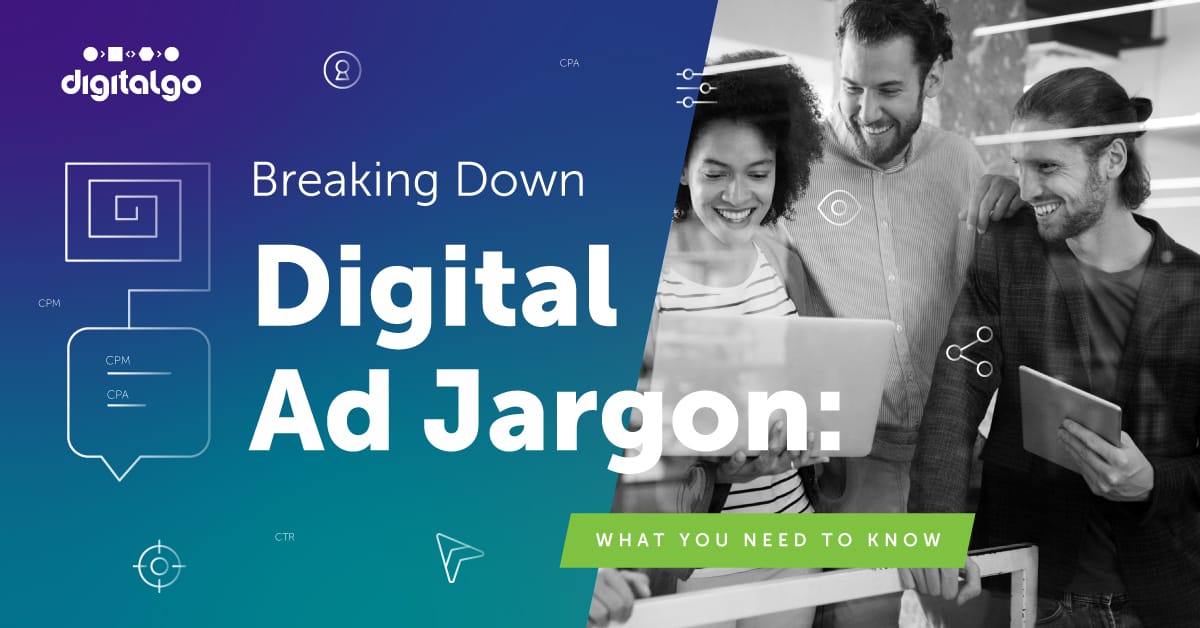The world of digital advertising is packed with technical terms and industry-specific jargon that can sometimes feel overwhelming. Whether you’re a marketer, business owner, or just someone curious about digital ads in Mauritius, understanding these terms can help you make better advertising decisions. In this blog, we’ll simplify key digital advertising and programmatic terms so you can navigate this space with confidence.
1. CPM (Cost Per Mille)
CPM stands for “Cost Per Mille,” where mille means a thousand impressions. This means advertisers pay a set amount for every 1,000 times their ad is displayed, regardless of whether users click on it or not. CPM is commonly used in brand awareness campaigns where visibility is the priority.
2. CPC (Cost Per Click)
CPC is the amount an advertiser pays each time someone clicks on their ad. This model is widely used in performance-based campaigns, where engagement and conversions are the goal.
3. CTR (Click-Through Rate)
CTR measures how many users click on an ad compared to how many times it is shown (impressions). It is calculated as: CTR = (Clicks / Impressions) x 100 A higher CTR indicates that your ad is relevant and engaging to your audience.
4. Programmatic Advertising
Programmatic advertising is the automated buying and selling of digital ads using AI and real-time bidding (RTB). Instead of manually negotiating with publishers, advertisers can set targeting criteria, and the system automatically places ads in the most relevant spaces.
5. Real-Time Bidding (RTB)
RTB is an auction-based system where ad spaces are bought and sold in real-time. Every time a user loads a webpage, multiple advertisers bid to display their ad, and the highest bidder’s ad appears instantly. This ensures efficient spending and precise targeting.
6. Ad Inventory
Ad inventory refers to the total space available on a website or app for displaying advertisements. Publishers (website owners) offer their inventory to advertisers through ad exchanges or networks like Digitalgo.
7. Retargeting
Retargeting (or remarketing) is a strategy that serves ads to users who have previously visited your website but didn’t convert. This helps bring back potential customers and increase conversions.
8. Contextual Targeting
Contextual targeting displays ads based on the content of a webpage rather than user behavior. For example, if an article is about travel, ads related to hotels or airlines may appear alongside it.
9. Lookalike Audiences
A lookalike audience is a group of new users who share similar characteristics and behaviors to your existing customers. This helps advertisers expand their reach to high-potential audiences.
10. Ad Fraud
Ad fraud refers to deceptive activities like fake clicks, bot traffic, or fake impressions designed to waste advertisers’ budgets. A good programmatic platform, like Digitalgo, has fraud prevention mechanisms in place to ensure quality traffic.
11. Viewability
Viewability measures how visible an ad is on a screen. If an ad appears below the fold (meaning users have to scroll down to see it), it may not be counted as viewable. Industry standards typically consider an ad as viewable if at least 50% of it is in view for at least one second.
12. Native Advertising
Native ads blend naturally with the content of a webpage, making them less intrusive and more engaging. Sponsored content articles and in-feed ads on social media platforms are examples of native advertising.
13. Banner Ads
Banner ads are image-based advertisements displayed across websites. They come in different sizes and formats, such as static, animated (GIF), or interactive HTML5 banners.
14. Ad Exchange
An ad exchange is a marketplace where publishers and advertisers buy and sell ad inventory in real time through programmatic technology.
15. Frequency Capping
Frequency capping limits how often an individual user sees the same ad within a given time frame. This prevents ad fatigue and ensures a better user experience.
16. IAB Standards
IAB (Interactive Advertising Bureau) standards are industry guidelines that help ensure consistency in digital advertising formats, measurement, and best practices, making it easier for advertisers and publishers to work together effectively.
17. Cookieless Advertising
With increasing privacy regulations and the phasing out of third-party cookies, cookieless advertising uses alternative data sources such as contextual targeting and first-party data to reach audiences effectively while respecting user privacy.
Why Does This Matter in Mauritius?
The digital advertising landscape in Mauritius is evolving, and more businesses are shifting to programmatic solutions like Digitalgo to reach their audiences efficiently. By understanding these terms, you can better optimize your campaigns, maximize ROI, and make more informed marketing decisions.
Final Thoughts
Digital advertising doesn’t have to be confusing. By breaking down these essential terms, we hope to make digital and programmatic advertising more accessible for businesses and marketers in Mauritius. Whether you’re just starting or looking to refine your strategy, Digitalgo is here to help you target smarter and advertise better.
